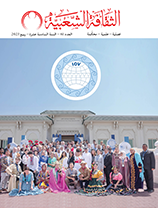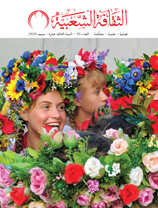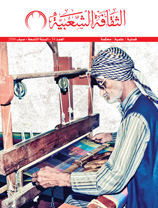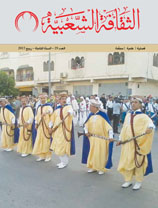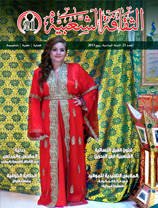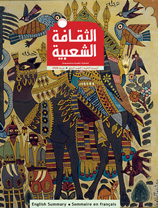Constructuralism and the study of folktales
Issue 15

Ali Ebrahim AL Daw (Sudan)
Although Constructuralism has linguistic roots in modern European history, it is now applied to some social sciences and to the study of folklore. In folklore studies, constructuralism is among the most influential theories of the 1960s.
The Morphology of the Folktale by Russian scholar Vladimir Propp is one of the earliest and most significant constructuralist accounts of story structure. Propp’s study of the folktale’s components and the relationship between individual components and the whole created a structural typology for the folktale, as befits the trends prevalent in the 1950s and 1960s.
Before Propp, according to Al Jawhary, “Types and motifs of folktales reflected the random collection of folktales. Propp introduced an approach in which he interpreted the construction of all Russian folktales.”
American scholar Alan Dundes, who specializes in modern American folklore, did the same when he applied constructural analysis to a collection of folktales in his article, The Morphology of North American Indian Folktales.
Later, Claude Levi Strauss emphasized the importance of paradigmatic construction in folktales, because an analysis of syntagmatic construction and narration alone cannot reveal deep meanings.
Strauss compared the folktale to an orchestra, with the musical score giving each instrument a linear melody and bringing the instruments together, building chords to create depth and meaning.
Strauss’s ideas are applied to an analytical study of the folktale mentioned in this article.











